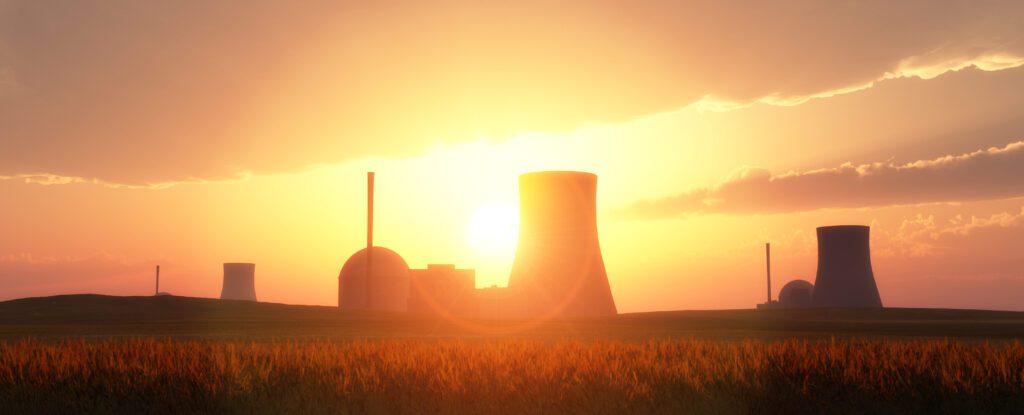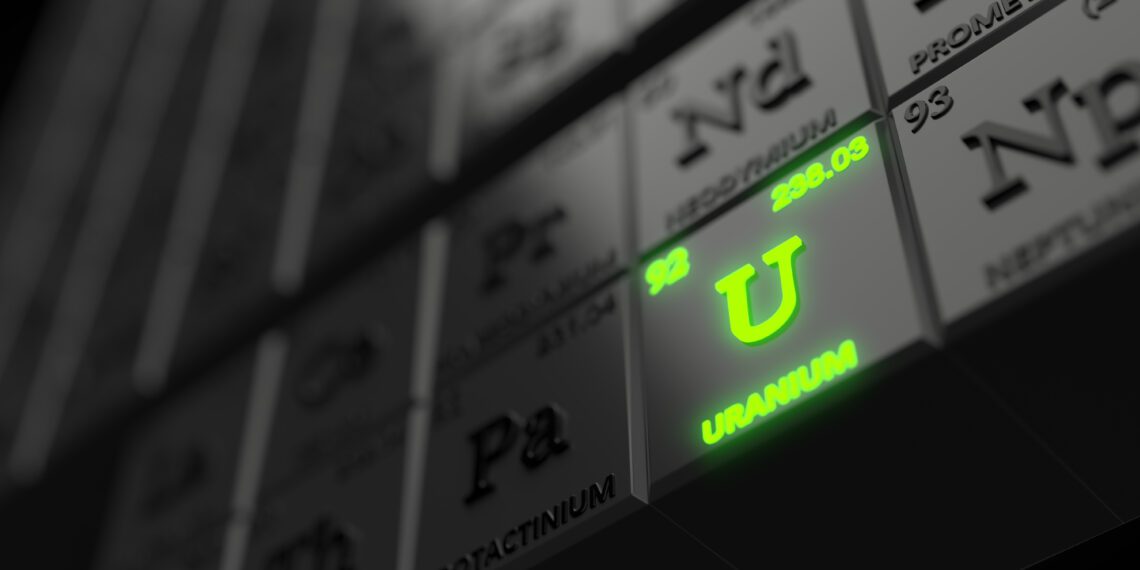Uranium is viewed by some to be an important ingredient in the race to reach net-zero emissions by 2050. Notably, the metal is listed on a number of nations’ and regions’ Critical Minerals lists. Uranium is considered particularly critical by the nuclear energy backers who claim it is already providing zero-emissions energy.
However, thanks to the reactions of some in the anti-mining and anti-nuclear brigade, uranium’s position as a Critical Mineral may be under threat in some quarters.
The U.S.’s National Wildlife Federation and the Arizona Wildlife Federation recently welcomed reports that the U.S. Geological Survey will pull uranium from its Critical Minerals grouping.
The reports suggested that the U.S. Department of the Interior is considering removing uranium from its critical minerals list when a new version is released in the near future after uranium’s initial inclusion on the list’s previous version stirred controversy among green and anti-nuclear power groups.
But interestingly, uranium is used to power a significant number of nuclear reactors in the U.S., which then generate a fifth of the nation’s electricity.
‘Essential component’
A recent report, Net Zero by 2050, by the U.S.-based International Energy Agency (IEA), found that that nuclear energy will make a “significant contribution” to a Net Zero Emissions’ scenario and will provide an “essential foundation” in the transition to a net-zero energy system.
However, according to the World Nuclear Association, the IEA’s report does not give uranium enough credit and puts too much faith in technologies that are uncertain, untested, or unreliable, and fails to reflect both the size and scope of the contribution nuclear technologies could make.
“If we are to eliminate fossil fuels in less than 30 years, the IEA’s assessment of the role of nuclear is highly impractical,” the World Nuclear Association stated.
“The IEA makes it clear that nuclear energy will be an essential component of a global net-zero emissions energy transition. Governments must now take action to ensure that nuclear energy can play a major role in the clean energy transition to which so many of them have now committed,” Sama Bilbao y León, Director General, World Nuclear Association, said.
The IEA’s report found that the amount of energy supplied by nuclear power will increase by 40% by 2030 and double by 2050. New nuclear capacity additions will reach 30 GW per year in the early 2030s.

An important component of nuclear generation, particularly in the shorter term, will be extended operations of existing nuclear reactors, as according to the IEA “they are one of the most cost‐effective sources of low‐carbon electricity.”
The World Nuclear Association said the report also recognized the importance of nuclear innovation with small modular reactors and other advanced reactor designs “moving towards full‐scale demonstration, with scalable designs, lower upfront costs and the potential to improve the flexibility of nuclear power in terms of both operations and outputs, e.g., electricity, heat, or hydrogen.”
According to the Association, nuclear energy is currently the world’s second-largest source of clean electricity, the first in developed countries, and one with a proven track record in decarbonizing generation mixes.
It also claimed that nuclear energy can contribute much more than what is projected in the IEA report.
“Given the uncertainties of the availability and cost-effectiveness of other low-carbon technologies, especially those as yet unproven, and the improbability that very different human behavioural patterns can be introduced, there should be far greater ambition in the IEA report for the contribution that nuclear energy should make to meet global net-zero goals.”
Nuclear decarbonizing other energy sectors
The World Nuclear Association says the global nuclear industry has a Harmony goal by which nuclear energy would provide at least 25% of the world’s electricity by 2050. To achieve this goal would require the deployment of around 1,000 GW of new nuclear build and construction levels no higher than those already achieved by the nuclear industry in the 1980s. The goal would also require the maximum available contribution from reactors in operation today.
The Association also suggested that in addition to electricity, nuclear energy can generate zero-carbon heat, thus have the potential to contribute to tackling decarbonization far beyond electricity generation into other hard-to-abate sectors.
“This is an opportunity that the IEA’s report barely touches on,” the Association declared. “The IEA’s Net Zero Emissions report sets a target that we must achieve. However, their scenario puts too much faith in solutions that are uncertain, untested, or unreliable.
“Proven nuclear energy technologies have demonstrated their ability to take a much larger role in electricity decarbonization in many countries around the world and have the potential to lead decarbonization in many other energy sectors.
“We urge the IEA to explore in more detail the potential for nuclear energy to make a much greater contribution towards global decarbonization, and to help governments assess what steps they need to take to unlock the contribution of nuclear energy for a net-zero future,” Sama Bilbao y León concluded.
Uranium production on the rise
According to leading international commodity research firm GlobalData, the world’s uranium production is expected to recover by 3.1% to reach 51.2kt in 2021, thanks to the return of production at Cigar Lake in Canada and other mines suspended during 2020. Output growth from Kazakhstan (+15.5%) and Russia (+5.2%) will contribute significantly to the overall growth. In contrast, production will continue to decline in Australia (-21.2%) due to the closure of the Ranger mine.
“Global uranium production has been limited in recent years, mainly due to a sluggish market. This was further impacted by the COVID-19 pandemic from early 2020. In fact, global production of uranium fell by 9.2% to 49.7kt in 2020. The most significant declines were observed in Canada (43.9%) and Kazakhstan (14.6%) – globally, almost 60% of uranium originates from these two countries,” Vinneth Bajaj, Associate Project Manager at GlobalData, said.
Mr Bajaj noted that there has been recent optimism surrounding the global nuclear industry, with several governments incorporating nuclear energy within their plans for reaching climate goals.
“For instance, the U.S. is currently evaluating extending the operating life of its nuclear power plants for up to 100 years. The plants were initially licensed for up to 40 years, but this would permit renewals for up to 20 years with every renewal application.
“Other countries, such as China, Japan, and South Korea, as well as the EU, all upgraded their climate change policies during 2020, indicating higher demand for nuclear power going forward – alongside higher electricity generated from sources other than coal,” he added.











